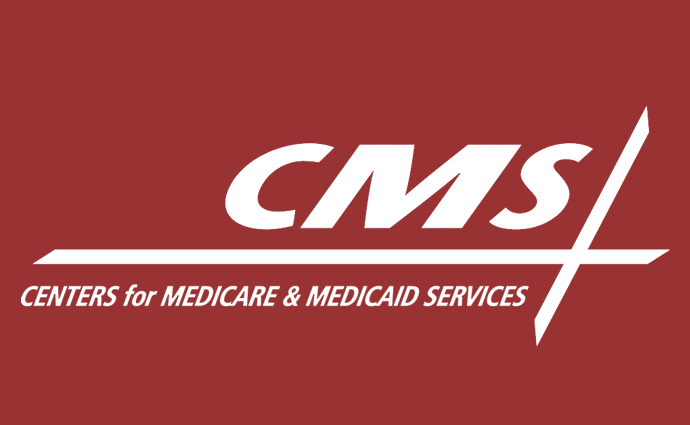CMS Looks to Tighten Medicaid Supplemental Payment Arrangements
The Medicaid Fiscal Accountability Rule would crackdown on Medicaid supplement payments that aim to boost the state’s share of program funding, not improve patient care.

Source: Centers for Medicare & Medicaid Services
- A rule proposed by CMS on Tuesday would enable greater transparency and oversight of Medicaid supplemental payments to providers, which have proliferated in the last couple of years.
The Medicaid Fiscal Accountability Rule aims to crackdown on impermissible Medicaid payment and financing arrangements that do not support the improvement of patient health or outcomes. The rule would require states to give the federal government more detailed information on Medicaid supplemental payment arrangements, including provider-level payment data.
“We have seen a proliferation of payment arrangements that mask or circumvent the rules where shady recycling schemes drive up taxpayer costs and pervert the system,” CMS Administrator Seema Verma stated in the proposed rule’s announcement. “Today’s rule proposal will shine a light on these practices, allowing CMS to better protect taxpayer dollars and ensure that Medicaid spending is directed toward high-value services that benefit patient needs.”
Medicaid supplemental payments increased from 9.4 percent of all other Medicaid payments in fiscal year (FY) 2010 to 17.5 percent in FY 2017, CMS reported. Meanwhile, total Medicaid spending increased dramatically from $456 billion in 2013 to an estimated $576 billion in 2016.
A significant portion of the growth in Medicaid spending during that period stemmed from the federal share, which increased from $263 billion to an estimated $363 billion during the same period.
The federal government and states share the responsibility of funding Medicaid programs. States operating their Medicare programs according to federal guidelines are eligible for federal reimbursement for a share of their total program costs, the Medicaid and CHIP Payment and Access Commission (MACPAC) explains.
The federal share has historically averaged about 57 percent. But that percentage is growing, MACPAC reports.
Medicaid supplemental payments, such as disproportionate share hospital and upper payment limit reimbursements to hospitals, are partially driving this increase, Verma explained in a speech Tuesday at a National Association of Medicaid Directors conference.
“We’ve seen payments increasing dramatically over the years for governmental providers that are able to self-fund the state match, to levels that often far exceed even Medicare payments and have little connection to improving the health of Medicaid beneficiaries. This rule will shine a light on these practices and help to set reasonable limits that even the playing field, addressing a source of government distortion and unfair competition in many markets,” she said.
The rule would provide clearer guidance to states and other stakeholders to prevent payment arrangements that states have used to finance the state portion of Medicaid payments, such as intergovernmental fund transfers, certified public expenditures, provider taxes, and provider donations that “provide additional payments to institutions with no clear link to improving care for patients,” CMS stated in the announcement.
The rule would also “help close regulatory loopholes, and improve reporting to help CMS ensure that states fund their share of payments to providers through only permissible sources and with methodologies that comport with statutory requirements and align with Medicaid program goals,” CMS added.
As part of CMS’ efforts, the rule would establish new regulatory definitions for Medicaid “base” and “supplemental” payments, which are not currently defined. CMS anticipates this move to enable the agency to “better monitor and enforce statutory requirements around the non-federal share of Medicaid expenditures and regulatory requirements for upper payment limits.”
“It would also clarify definitions and processes associated with provider ownership categories to close loopholes that have allowed states to attempt to inappropriately fund their share of Medicaid expenditures and to be more consistent with the statute,” the agency explained.
The proposed rule is slated to publish on the Federal Register on November 18. Stakeholders will able to view and comment on the rule for 60 days after publication.
